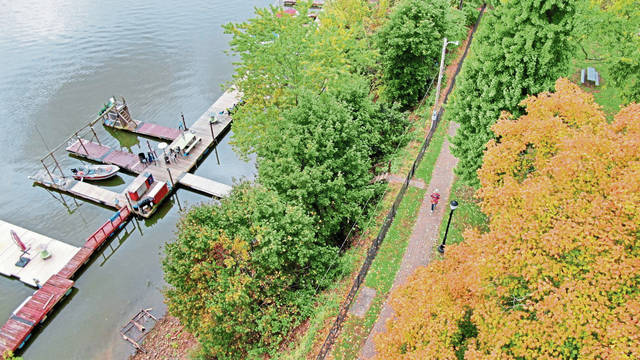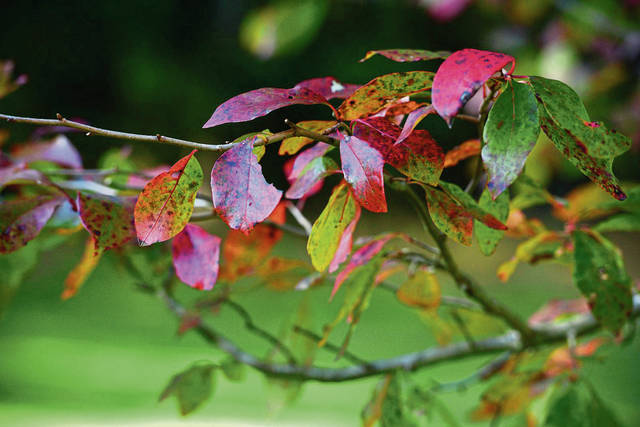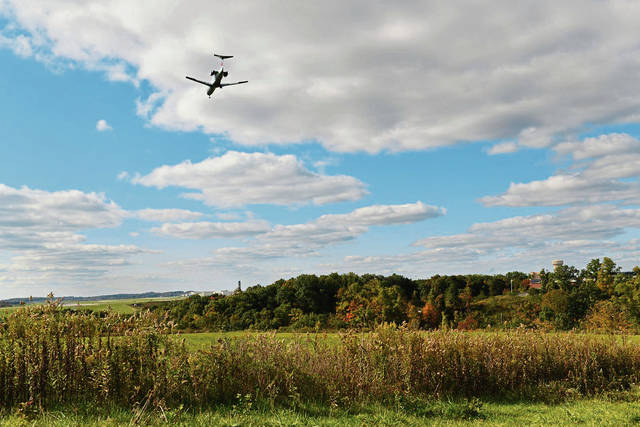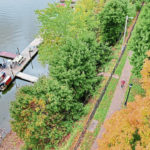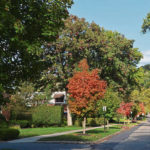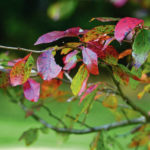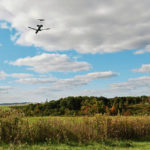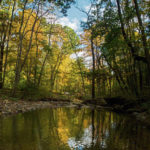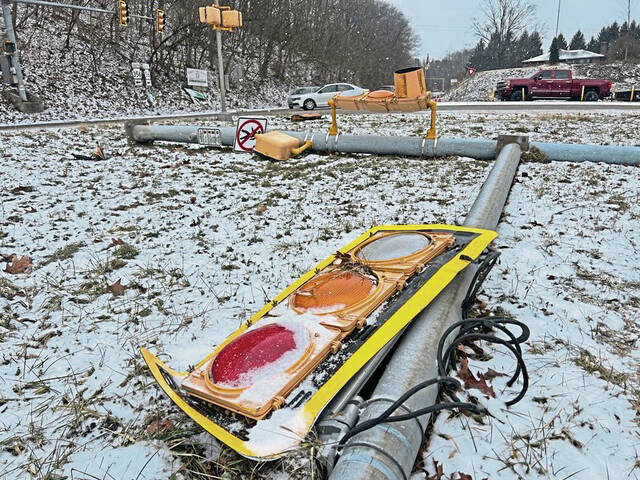Stunning fall colors in Pittsburgh and surrounding areas like the Alle-Kiski Valley are about a week to 10 days behind other areas in the state that are hitting their peak fall foliage about now, according to experts.
The Laurel Highlands is at its peak for foliage-watching now, according to DCNR’s fall foliage website. That’s because of its higher elevations, according to Ryan Reed, natural resource specialist with DCNR and fall foliage report coordinator.
The lowlands in the Laurel Highlands are well on their way and are expected to peak in about a week or so, according to Celine Colbert, a DCNR forester who covers Allegheny and surrounding counties.
Colbert predicts bright fall colors to peak in Allegheny County starting the weekend of Oct. 26 and 27.
Reed and others aren’t sure why the county is lagging. A number of factors determine the timing and vibrancy of fall leaves, among them moisture , sunlight and temperatures.
The region broke the all-time wet weather record last year. This year’s repeat of heavy precipitation is on track to land 2019 in the Pittsburgh area as one the top 10 wettest years, according to Lee Hendricks, a meteorologist with the National Weather Service in Moon Township.
Also in the past two years, late summer and early fall produced higher than normal temperatures, making for a later and duller fall.
“We should have already peaked our maximum autumn color. Nothing seems to be on schedule,” said Charles Bier, senior director of conservation science at the Western Pennsylvania Conservancy.
The excess rainfall and humidity provide a “greater chance for things to work against the trees, such as fungus and pathogens,” Bier said.
A lot of rain can cause an infestation of fungus and early defoliation of cherry and maple trees, Reed said.
“These events are localized,” he said. “You could see a one-acre area suffering from that, and then you hike a little way and see a beautifully colored forest.”
A number of black cherry trees in Allegheny County are dropping their leaves that have turned yellow-brown, Bier said. London plane trees — a nonnative species on Pittsburgh’s Washington’s Landing, which is home to the conservancy’s headquarters — have dropped their leaves, and, “strangely, they have also sprouted new leaves in late September,” Bier said.
In Buffalo Township, where Bier lives, his clump of staghorn sumac usually turns a bright red-pink-orange. This year, the leaves have started to fall off the sumacs without turning color first.
Matt Erb, director of urban forestry for Tree Pittsburgh, has seen the changes with fall foliage given the wet weather and longer summer temperatures. Last year, some of the sugar maples started to color up in early September, Erb said. This year, some sugar maples started to turn colors only in the past week, he said.
“We’re behind our normal,” Erb said. But there have some interesting abnormal occurrences such as the “beautiful orange and red color of pin oaks at Arsenal Park in Lawrenceville on Halloween last year,” Erb said.
Typically, about 90% of the pin oaks don’t get fall color, he added.
“You’ll see some vibrant colors,” Erb said, but it’s hard to predict when and where.
Reed said much of what is happening to trees is dependent on local conditions. The state’s trees are diverse. That further complicates predicting foliage vibrancy, given that any single landscape could hold a number of tree species, he added.
Reed is optimistic about the end of the leaf peeper season in Western Pennsylvania. Calling it a “secondary peak” later this month, Reed predicts that the red oaks, which dominate a number of landscapes, could make a mountainside look like it’s on fire with their bright scarlet hue.
“My advice to anyone not seeing what they want to see in an area is to move,” he said. “You will find beautiful foliage somewhere.”



